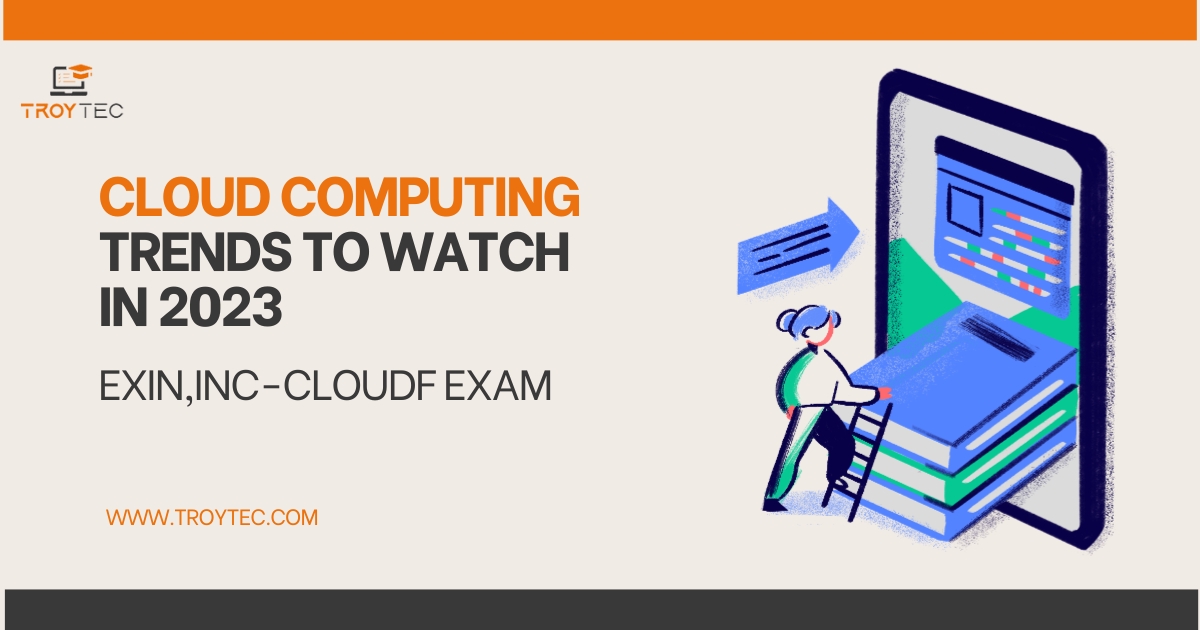Introduction:
Cloud computing has been a transformative force in the world of technology for several years, and its evolution continues at a rapid pace. As we step into 2023, it's crucial for IT professionals and businesses to stay informed about the latest IT trends and developments in cloud computing. In this blog post, we'll explore some of the key cloud computing trends to watch in 2023.
1. Edge Computing Integration:
Edge computing is gaining traction as organizations seek to reduce latency and process data closer to the source. In 2023, expect to see closer integration between cloud computing and edge computing, enabling real-time data processing and analysis at the top of the network.
2. Multi-Cloud Adoption:
Many businesses are embracing multi-cloud strategies to avoid vendor lock-in, improve redundancy, and optimize costs. In 2023, the multi-cloud approach will become more prevalent, with organizations leveraging multiple cloud providers to meet their specific needs.
3. Serverless Computing Growth:
Serverless computing, also known as Function as a Service (FaaS), allows developers to focus on code without managing infrastructure. This trend is expected to grow in 2023 as more businesses adopt serverless architectures for cost savings and increased agility.
4. AI and ML Integration:
Artificial Intelligence (AI) and Machine Learning (ML) are being integrated into cloud services, enabling advanced analytics and automation. Cloud providers will continue to expand their AI and ML offerings in 2023, making it easier for organizations to leverage these technologies.
5. Security and Compliance Focus:
With the increasing volume of data stored in the cloud, security and compliance will remain a top priority. In 2023, expect to see continued advancements in cloud security tools and practices to protect sensitive data and ensure regulatory compliance.
6. Hybrid Cloud Solutions:
Hybrid cloud, combining on-premises infrastructure with public and private cloud resources, offers flexibility and scalability. In 2023, businesses will invest in hybrid cloud solutions to strike a balance between data control and cloud benefits.
7. Containerization and Kubernetes:
Containers and Kubernetes orchestration are becoming essential tools for cloud deployment and management. In 2023, containerization and Kubernetes adoption will continue to rise, simplifying application scaling and management.
8. Green Cloud Computing:
Sustainability is a growing concern, and cloud providers are creating strategies to reduce their carbon footprint. Look for initiatives related to green cloud computing, including data center energy efficiency and renewable energy sourcing.
Conclusion:
Cloud computing remains at the forefront of technological innovation, driving business transformation and digital growth. Staying informed about these cloud computing trends in 2023 is essential for IT professionals and organizations aiming to harness the power of the cloud effectively. As the cloud landscape evolves, embracing these trends will help you stay updating and innovative in an ever-changing digital world.

.jpg)
.jpg)
.jpg)
Comments
Post a Comment